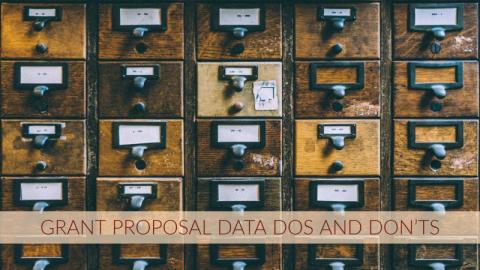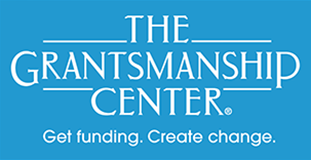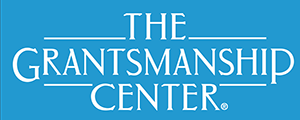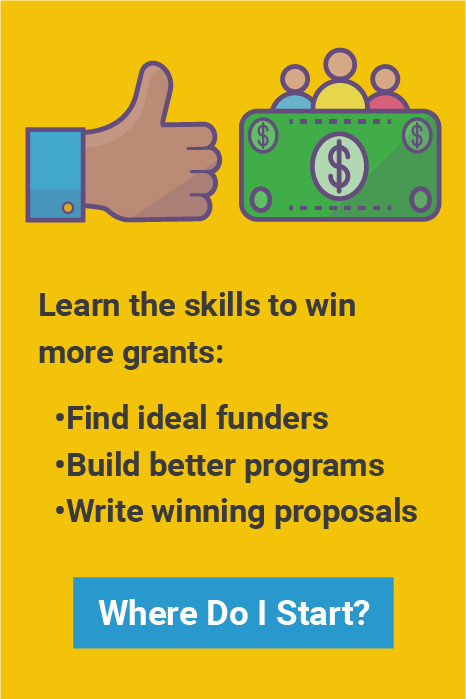
Strong grant proposals use relevant data to support the request for funding. You can spot an experienced grantseeker by how artfully they use data. The successful grant professionals I know are obsessed with data.
Here are a few dos and don’ts for competing with the pros.
- Use data to define the problem your program will address, the population it will serve, and the efficacy of the approach you propose.
- Cite sources. Use simple citations within the text or simple footnotes. Occasionally funders request a bibliography.
- Use data related to the specific service area in which you are working. Don’t assume that national or global data support the need for services within your local community.
- Use comparative data when possible. Tables or charts showing how the situation in your service area compares with other areas can be powerful.
- Use a mix of hard data (facts and figures) and soft data which convey the experiences and feelings of those affected by a problem. Hard data convince the head, and soft data inform the heart.
- Don’t use old data, unless it’s seminal or nothing more up-to-date is available. If you must use data that are more than a few years old, explain why the data are relevant.
- Be sure data are from reputable sources. Quotes from a local enthusiast‘s blog on education reform probably won’t carry much weight. Relevant data from the website of the US Department of Education will.
- Don’t mistake opinion for objective data.
A competitive request for funding can’t be based on assumptions. Good data make all the difference.
— Barbara Floersch, Chief of Training & Curriculum, The Grantsmanship Center



